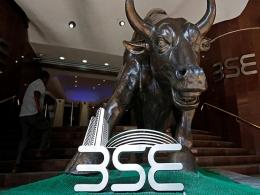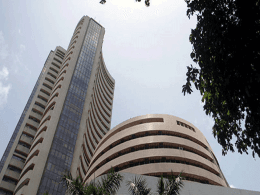India on Wednesday unveiled details of a recapitalisation plan, pledging to inject nearly $14 billion into twenty lenders this fiscal year, in a bid to boost lending in the economy and help tackle a record bad debt problem.
The lenders, majority-owned by the government, have more than two-thirds of India's banking assets. They also account for most of the record $150 billion in bad loans, which have choked credit growth after years of profligate lending.
"All public sector banks will be adequately capitalised and enabled to serve people and support inclusive growth," said India's top banking bureaucrat, Rajeev Kumar.
The finance ministry will raise Rs 800 billion through recapitalisation bonds, and provide 81.4 billion from its budget to recapitalise the banks, Kumar said.
Total recapitalisation will cross Rs 1 trillion this year, including funds raised from sales of shares to external investors, he said.
That is part of a larger two-year Rs 2.11 trillion ($33.1 billion) recapitalisation plan announced last October. Of the total, Rs 1.35 trillion is to be raised via recapitalisation bonds, while the banks themselves will raise another Rs 580 billion from share sales.
From recapitalization bonds and budgetary allocations IDBI Bank, the lender with the highest stressed-loan ratio, will get the biggest chunk of Rs 106.1 billion.
Other banks with high levels of soured debt - Bank of India and UCO Bank - will get Rs 92.32 billion and Rs 65.07, respectively.
Top lender State Bank of India will get Rs 88 billion, while second-biggest state-run lender Punjab National Bank will get Rs 54.73 billion.







